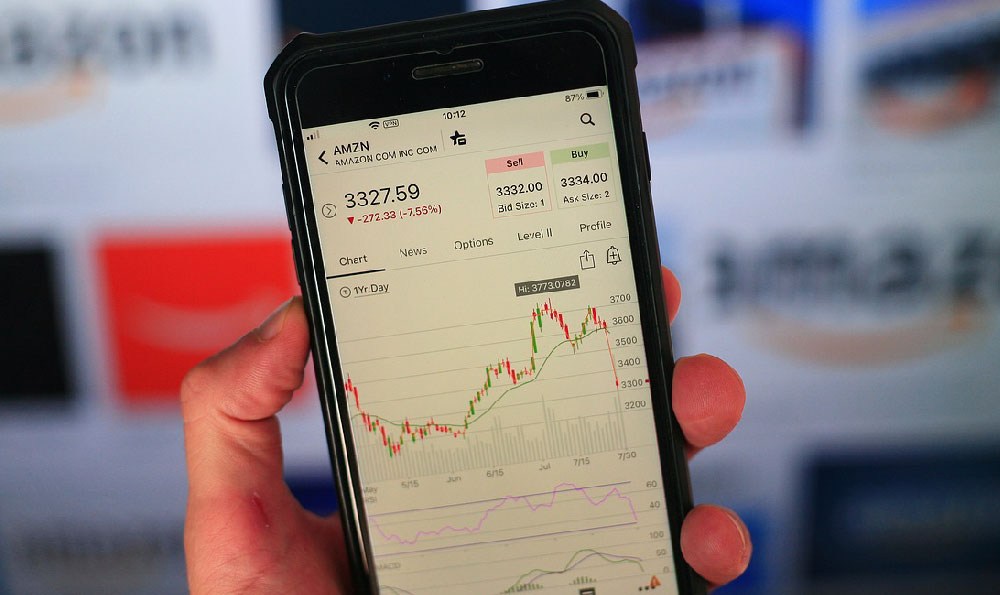Monetizing YouTube videos effectively requires a multi-faceted approach that combines understanding the platform's algorithm, creating engaging content, and leveraging various monetization strategies. It’s not a “get rich quick” scheme; it demands consistent effort, strategic planning, and a willingness to adapt to ever-changing trends.
One of the foundational elements of successful YouTube monetization is meeting the platform's Partner Program (YPP) requirements. As of the current policies, channels need at least 1,000 subscribers and 4,000 valid public watch hours within the past 12 months to be eligible. These thresholds are crucial as they demonstrate a level of audience engagement and commitment. Neglecting these basic criteria renders all other monetization efforts futile. Focus relentlessly on building a community that genuinely enjoys your content. This means consistently uploading high-quality videos, actively engaging with comments, and understanding what your audience wants. Analyze your YouTube Analytics to discern which videos perform best, what demographics are most engaged, and where your traffic originates. This data will guide your future content strategy.
Once you meet the YPP requirements, the most common monetization method is through YouTube AdSense. Enabling ads on your videos allows Google to display various types of advertisements (display ads, overlay ads, sponsored cards, skippable video ads, and non-skippable video ads) before, during, or after your content. The revenue generated depends on several factors, including the cost-per-mille (CPM), which is the amount advertisers pay for 1,000 ad impressions, and the click-through rate (CTR), which is the percentage of viewers who click on an ad. Higher CPMs and CTRs directly translate to increased revenue. To maximize AdSense revenue, strategically place ads within your videos without disrupting the viewing experience. Overloading videos with too many ads can be detrimental, leading to viewer fatigue and potential abandonment. Experiment with different ad formats and placements to find the optimal balance between monetization and viewer enjoyment.

Beyond AdSense, exploring alternative monetization streams is vital for sustainable revenue generation. YouTube offers features like Channel Memberships, Super Chat & Super Stickers, and merchandise shelves, which can significantly boost your earnings. Channel Memberships allow viewers to support your channel financially in exchange for exclusive perks, such as custom badges, emojis, and access to members-only content. This cultivates a sense of community and rewards loyal viewers for their support. Super Chat & Super Stickers enable viewers to purchase highlighted messages during live streams and Premieres, drawing attention to their comments and further fostering engagement. This feature is particularly effective for channels with highly active and interactive communities. The Merchandise Shelf allows you to showcase and sell branded merchandise directly on your YouTube channel. This is an excellent option for creators with strong brand recognition and dedicated fanbases. Offering unique and desirable merchandise can generate substantial revenue while simultaneously promoting your brand.
Affiliate marketing presents another powerful monetization avenue. By partnering with brands and promoting their products or services in your videos, you can earn commissions on sales generated through your unique affiliate links. Choose products that are relevant to your niche and genuinely beneficial to your audience. Transparency is paramount; always disclose your affiliate relationships to maintain trust and credibility. Incorporate affiliate links strategically within your video descriptions and verbally mention the products within your content, demonstrating their value and addressing any potential concerns.
Sponsorships and brand deals can provide a significant income stream, particularly for established channels with a large and engaged audience. Collaborate with brands that align with your channel's values and target demographic. Ensure that sponsored content is integrated seamlessly into your videos and maintains your authentic voice. Clearly disclose the sponsorship to your audience to uphold transparency and build trust. Negotiate favorable terms with brands, including payment rates, content requirements, and usage rights. A well-executed sponsorship can be mutually beneficial, providing revenue for you and exposure for the brand.
Crowdfunding platforms like Patreon and Kickstarter can provide recurring revenue streams, allowing your audience to directly support your creative endeavors. Offer exclusive rewards and perks to patrons, such as early access to videos, behind-the-scenes content, and personalized shout-outs. Consistently engage with your patrons and acknowledge their contributions to foster a strong sense of community and appreciation. Crowdfunding is particularly effective for creators who produce niche content or rely heavily on audience support.
Diversification is key to mitigating risk and ensuring sustainable revenue generation. Don't rely solely on one monetization method; explore various options and adapt your strategy based on performance data and market trends. Continuously analyze your YouTube Analytics to identify areas for improvement and optimize your monetization efforts. Experiment with different content formats, ad placements, and promotional strategies to maximize your earnings. Stay informed about the latest YouTube updates and best practices to remain competitive in the ever-evolving landscape.
Protecting your channel is paramount. Familiarize yourself with YouTube's Community Guidelines and AdSense policies to avoid potential strikes or channel suspensions. Copyright infringement is a serious offense that can result in severe penalties. Ensure that you have the necessary rights and permissions for all content used in your videos, including music, video clips, and images. Be vigilant against copyright claims and respond promptly to any disputes. Building a successful YouTube channel is a marathon, not a sprint. It requires patience, persistence, and a commitment to creating valuable content that resonates with your audience. Stay focused on your goals, adapt to change, and never stop learning.











